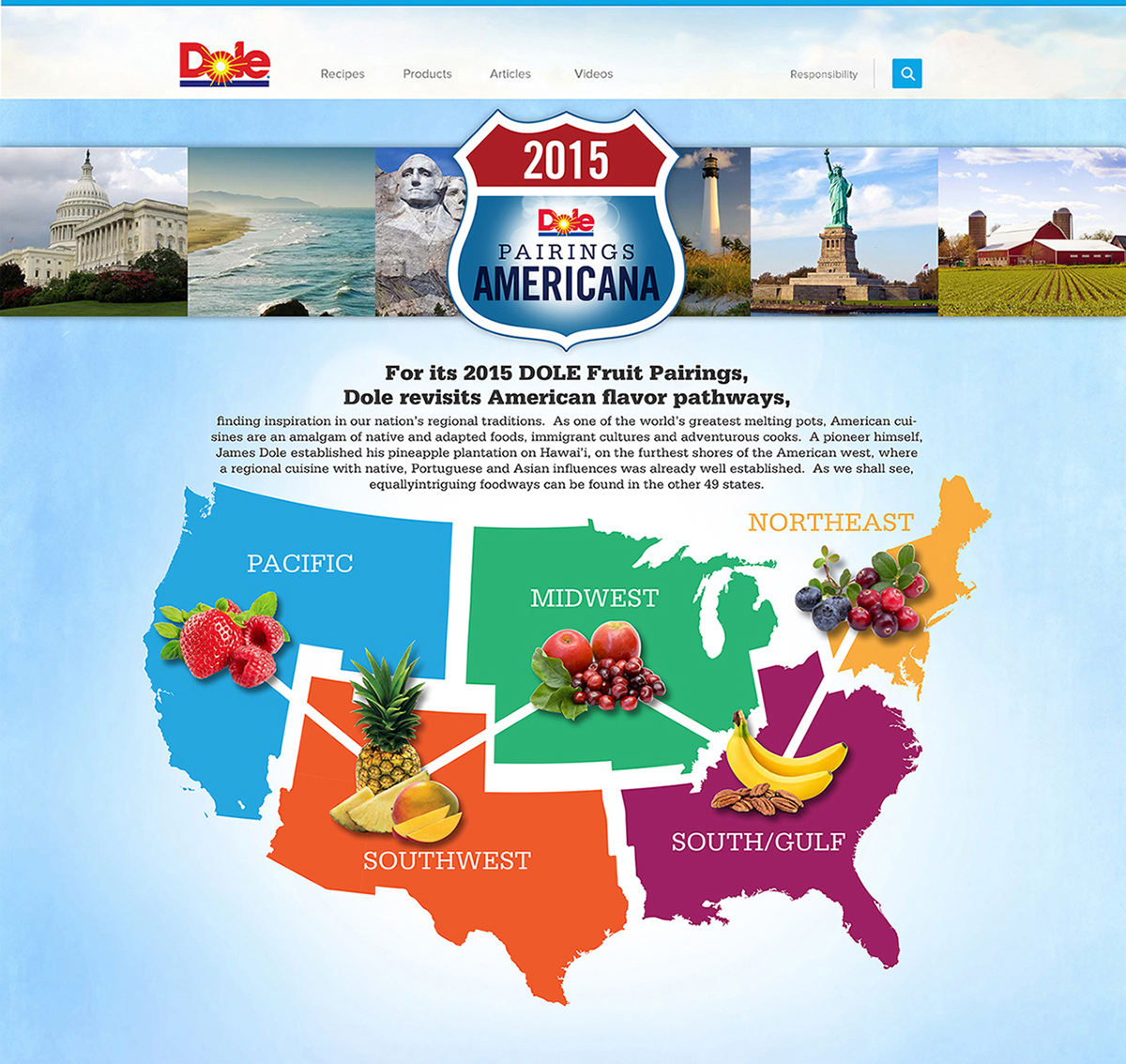Cheese prices were undoubtedly volatile during 2003 and thus far in 2004, but that's not necessarily a surprising development, for a couple of reasons.
First, cheese prices have shown extreme volatility almost every year since 1996. Simply put, the odds greatly favor volatile rather than flat or relatively flat prices. Second, and perhaps more important, cheese prices, over extended periods of time, have averaged right around $1.35 per pound, so after periods of prolonged low prices—such as in 2002 when prices were around $1.18 per pound—it can be expected that prices will be higher than the long-term average.
In fact, based on that observation, it's not a complete surprise that cheese prices have already reached record highs this year. That's because not only were cheese prices well below average during 2002, they also ended up slightly below average last year at just under $1.32 per pound. Two consecutive years under the average pretty much guaranteed that cheese prices in 2004 would be well above average. If you add in the year 2000, odds really favored high cheese prices this year. The block price averaged under $1.15 per pound in 2000, meaning that in three out of the last four years block prices have been under the long-term average, and in two of those years they were 15 cents or more below that long-term average.
Unfortunately, all of this information doesn't help cheese buyers deal with month-to-month or week-to-week cheese price fluctuations. And this year, there isn't even much predictability in the seasonality of cheese prices. Historically, cheese prices have generally reached their seasonal lows during late spring and early summer and peak in late summer and early fall. This pattern has tended to occur whether prices are lower or higher than "average."
For example, the Chicago Mercantile Exchange 40-pound Cheddar block market hit an all-time high of $1.9725 in August of 1999 after a spring time low of $1.1925. The prices then declined to $1.1000 by November 10. For the year, the block market averaged just over $1.42-within 10 cents of the long-term average price, despite a range of nearly 90 cents from the low to the high price for the year.
At least somewhat similar patterns were seen in two other recent years in which cheese prices averaged well above “normal.” In 1998, the block market reached a spring low of $1.1800 in early May, then climbed slowly starting in May and continuing until hitting a then-record $1.9000 in early December. For the year, block prices averaged almost $1.57 per pound. In 2001, blocks bottomed out at $1.0675 in mid-January, rose fairly steadily to $1.7800 by late August and then declined to $1.1600 by late October. The block market average that year was just under $1.44 per pound.
This pattern holds when prices are below average as well. In 2000, for example, when blocks averaged under $1.15 for the entire year, prices were below that level from early January through mid-June, then above that price through late September with a high of just $1.3300 in mid-September. Last year, blocks were under $1.20 per pound until mid-June, reached $1.60 at the end of July, held at that price until late October and then declined to about $1.30 by the end of the year.
Reasons for this seasonal variation can be summed up rather simply as follows: supply and demand. More specifically, milk and cheese production tend to peak in the spring (March through May) and bottom out in mid- to late summer (July through September). And component levels in milk (protein and fat), which are key to making cheese, tend to peak in the fall, winter and early spring and decline as the weather warms up.
Demand, meanwhile, tends to peak in the period of August through October. This period includes such factors as schools reopening in the fall, which increases demand for fluid milk (making less milk available for cheese production) and companies lining up cheese supplies for the major selling season of roughly Thanksgiving through the Super Bowl.
So how long will these record-high cheese prices last? As of early April, it looks like prices might be near their peak, but a number of factors could keep prices well above average for the rest of the year. These reasons again boil down to supply and demand. On the supply side, milk cow numbers have been declining for almost a year now, weather and other factors have been hampering gains in production per cow, and recently Monsanto announced that it would be reducing by 50 percent the availability of its Posilac BST product that increases milk production. These factors, coupled with the impact of two straight years of below-average milk prices for farmers (in 2002 and 2003), point to less milk being produced in 2004 than in 2003.
On the demand side, a variety of factors are at work, but the main one is the economy. Dairy product demand, particularly demand for higher-fat products, tends to increase when the economy is strong. So if economic recovery continues this year, there should also be an increase in dairy product demand.
Is there anything pizza restaurant operators can do about these rising cheese prices? I would recommend two things. First, always remember the law of averages. What happens to cheese prices during 2004 might be unusual in the context of 2002 and 2000, but not in the context of the last 10 years. Cheese prices are economically unsustainable at their 2002 average of about $1.18 per pound. Neither dairy producers nor cheese makers can survive long-term with those depressed prices. So higher prices aren't just likely, they're necessary.
Second, the dairy industry has spent more than a decade now attempting to create better ways of dealing with price volatility. Many companies now hedge their milk prices by using dairy futures and options contracts on the Chicago Mercantile Exchange. A number of other companies also use forward contracts that extend up to a year or more. I would advise talking to your cheese supplier about locking in cheese prices over a long-term period of time.
Of course, there's probably no way, at this time, of locking in cheese prices anywhere near the 2002 price average, and given expectations for the remainder of 2004, it might be difficult to lock in prices even at the 2001 or 1999 average. But this could be a long-term strategy worth considering, given the expectations for continued price volatility in the future.








